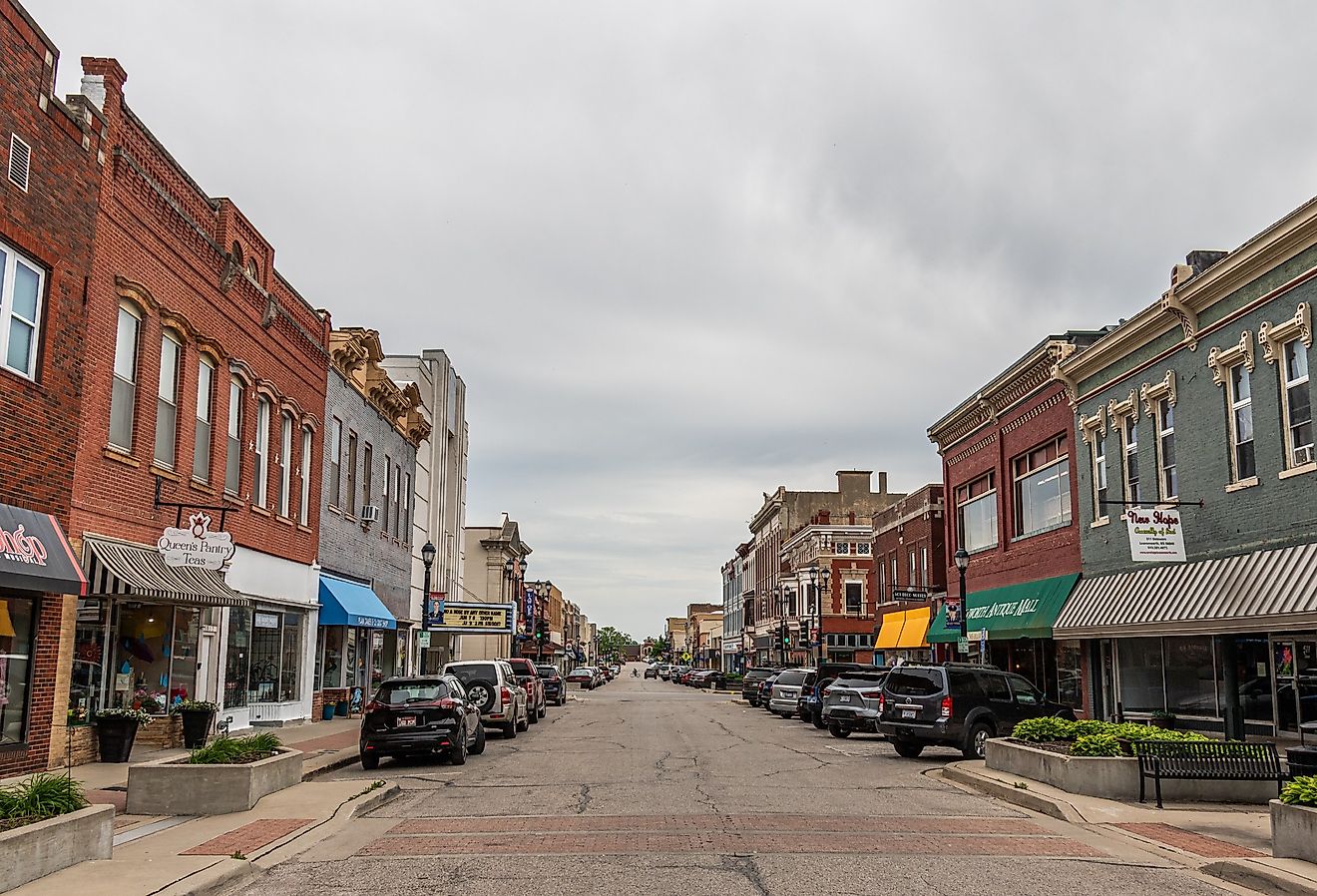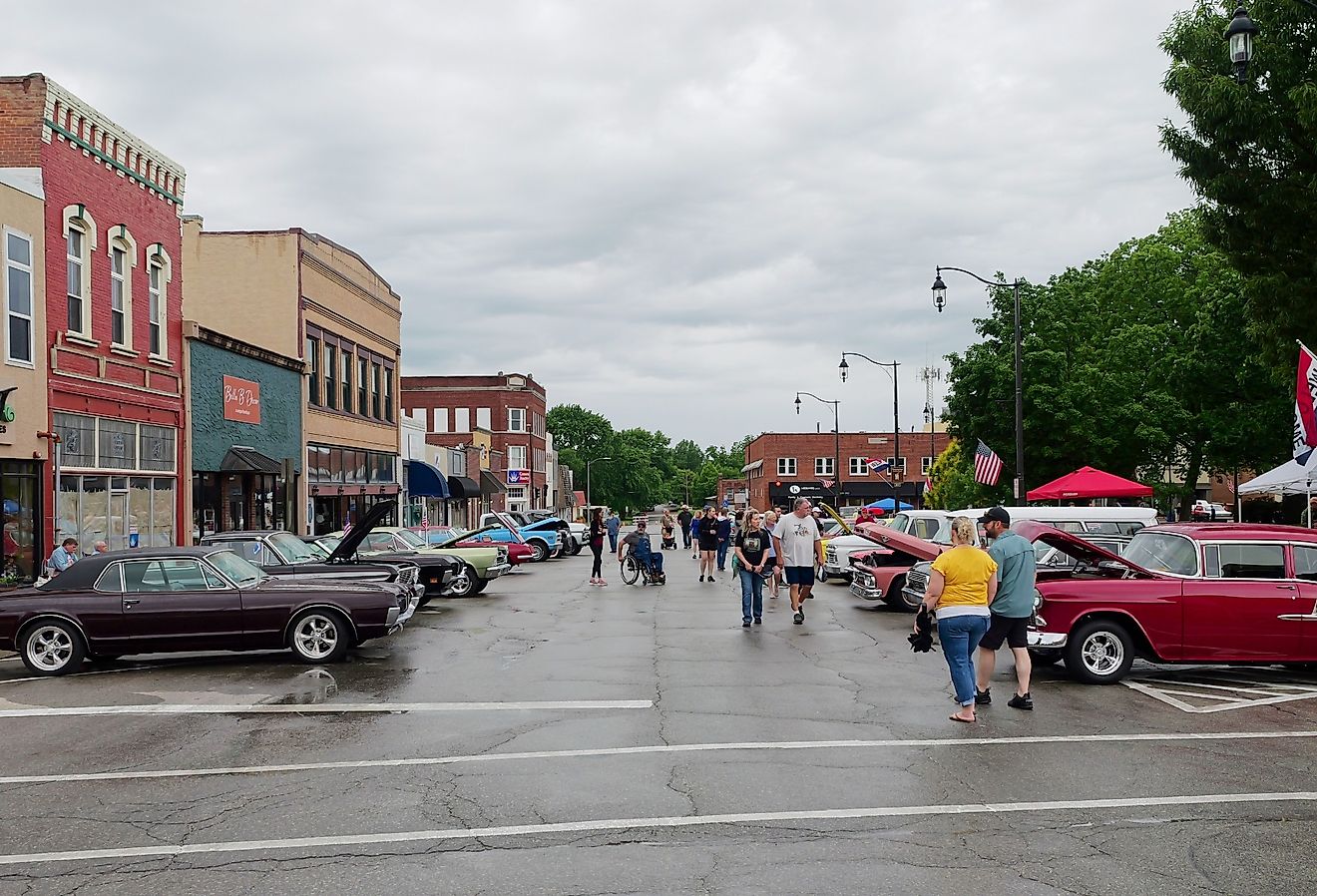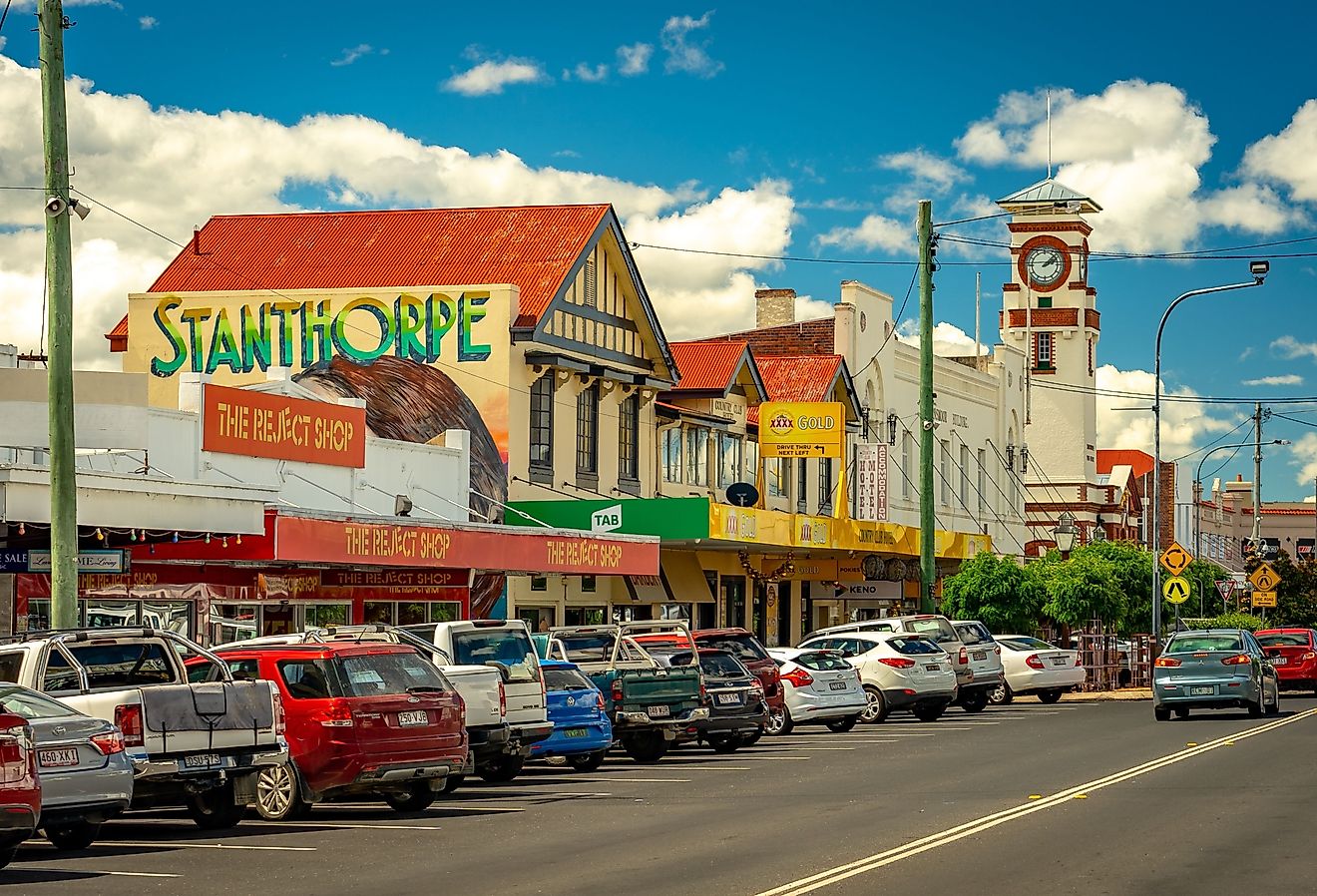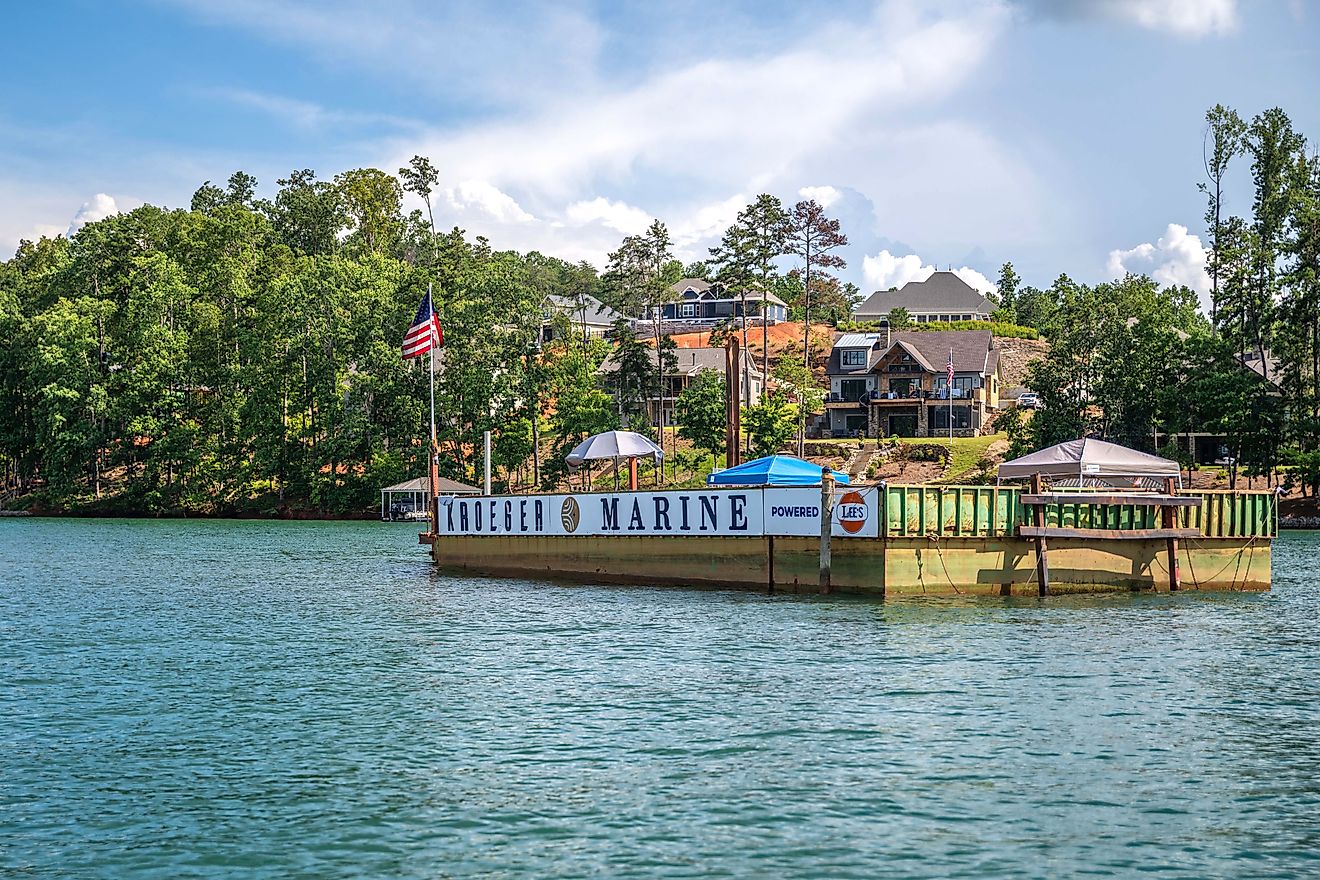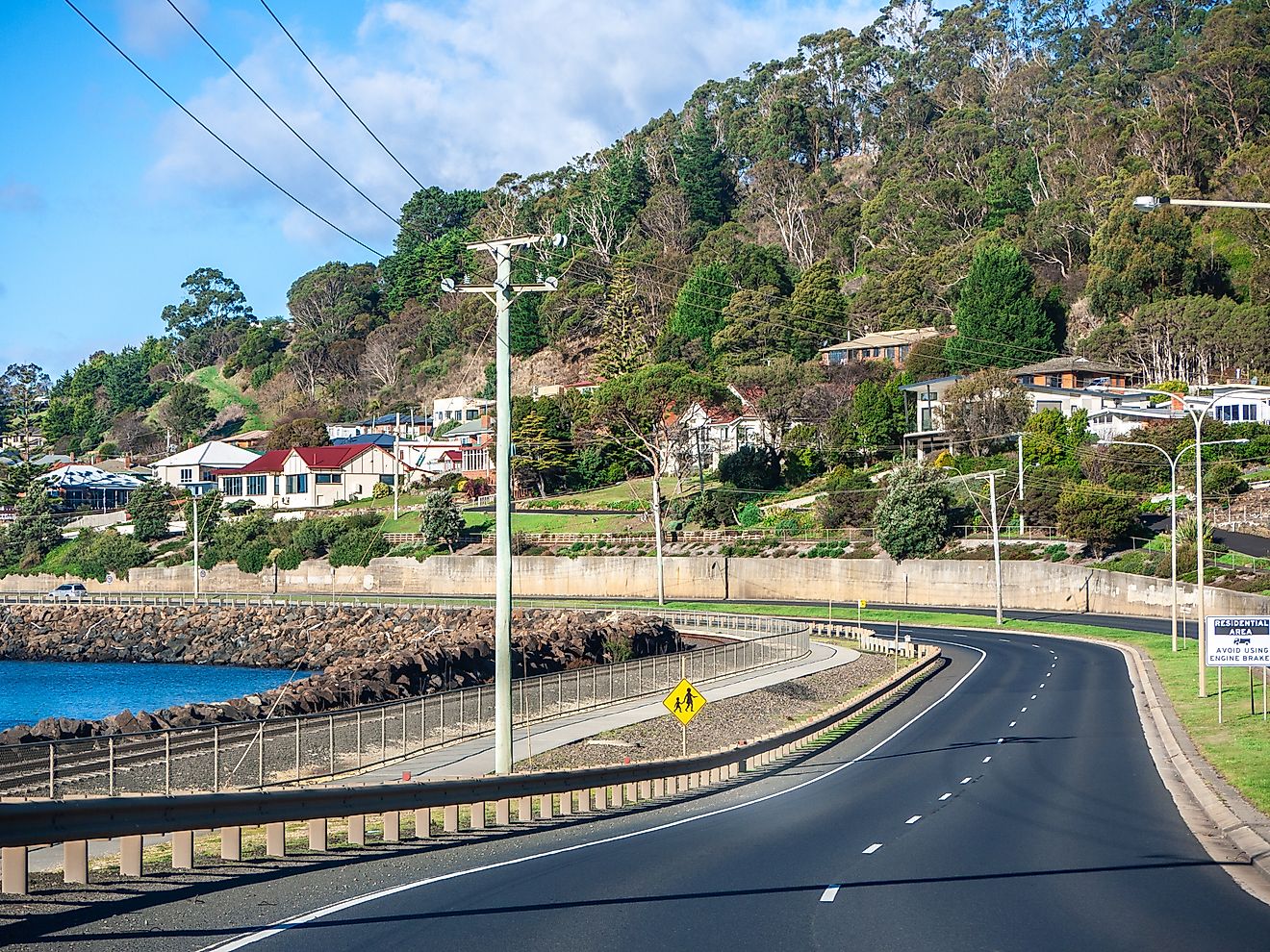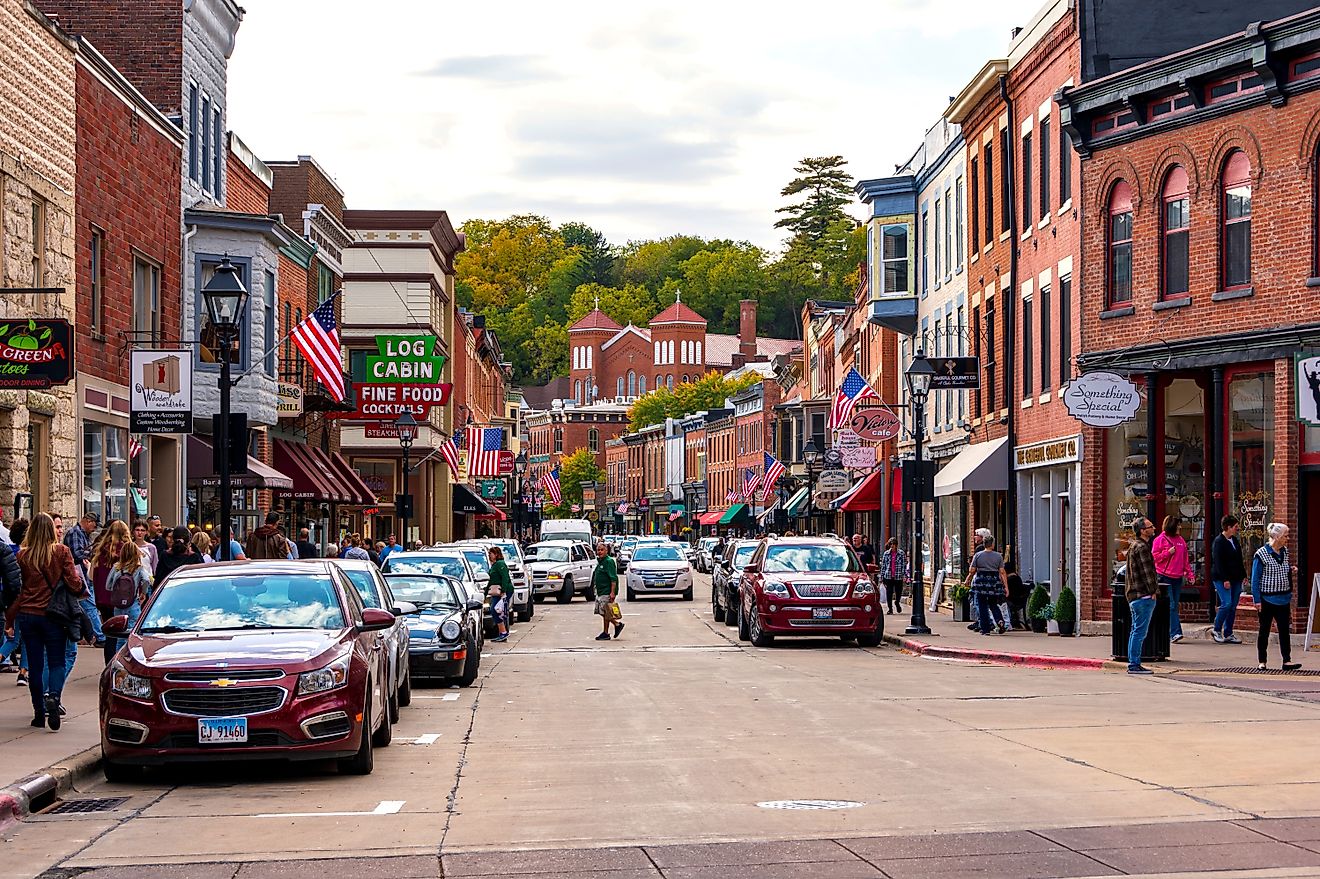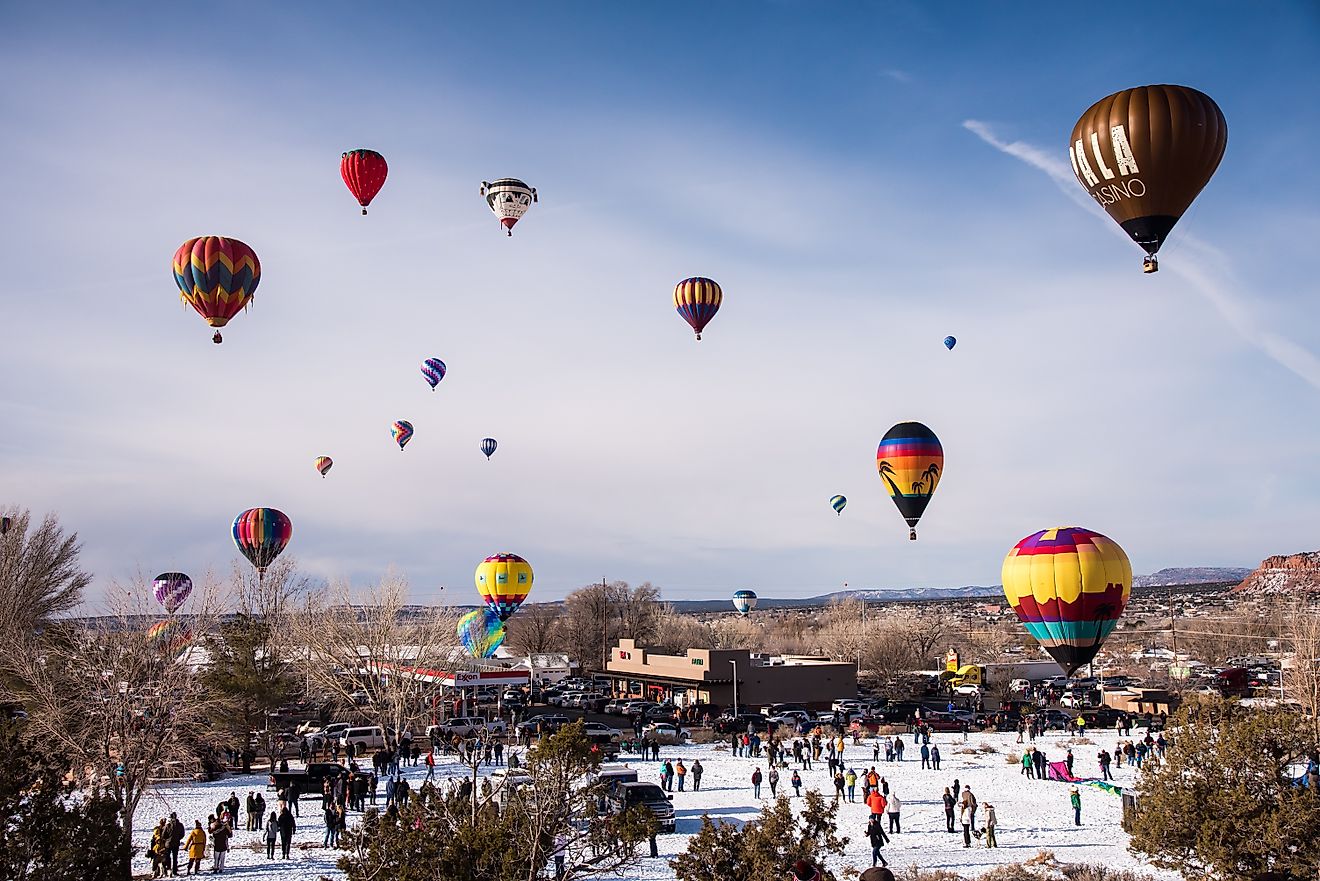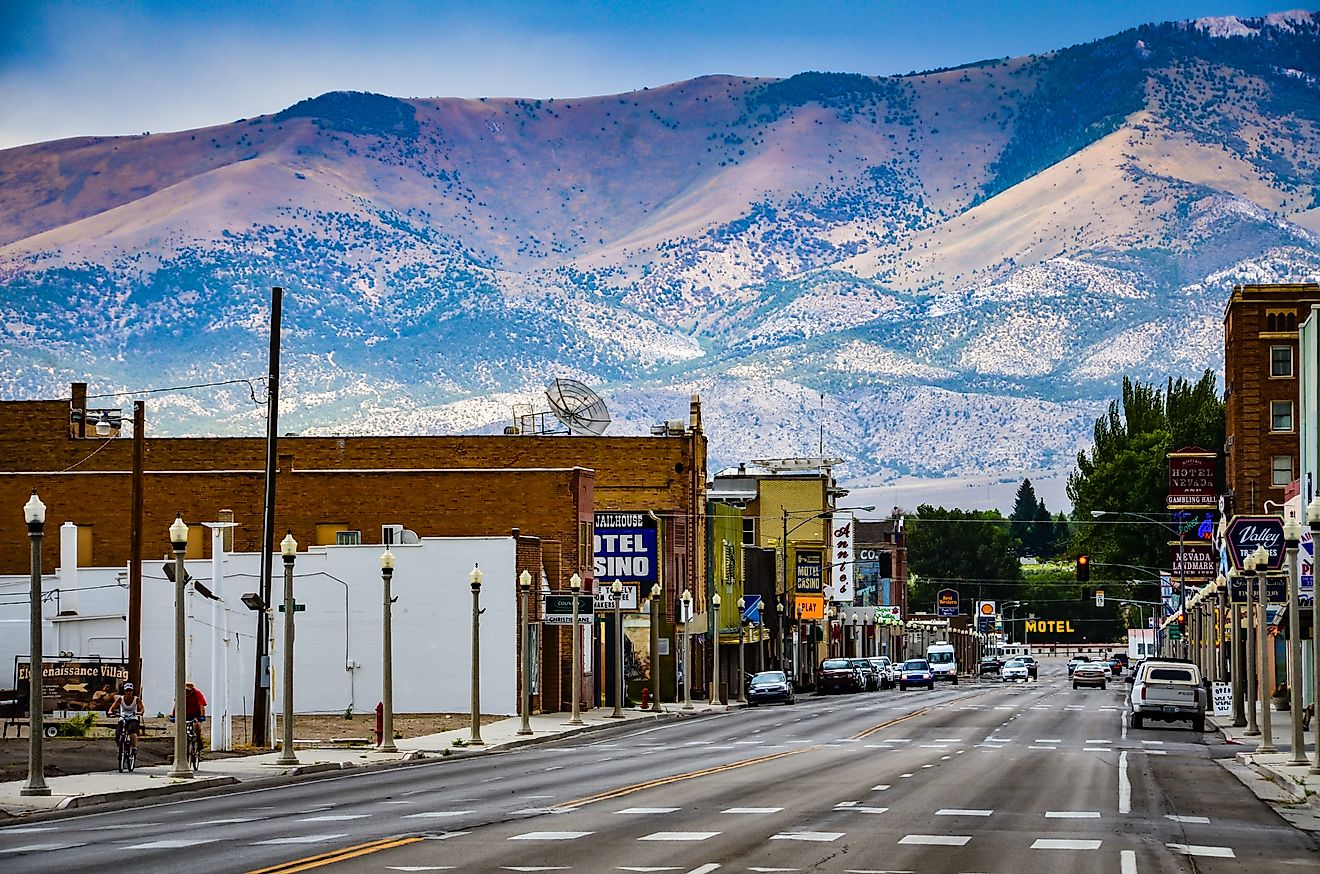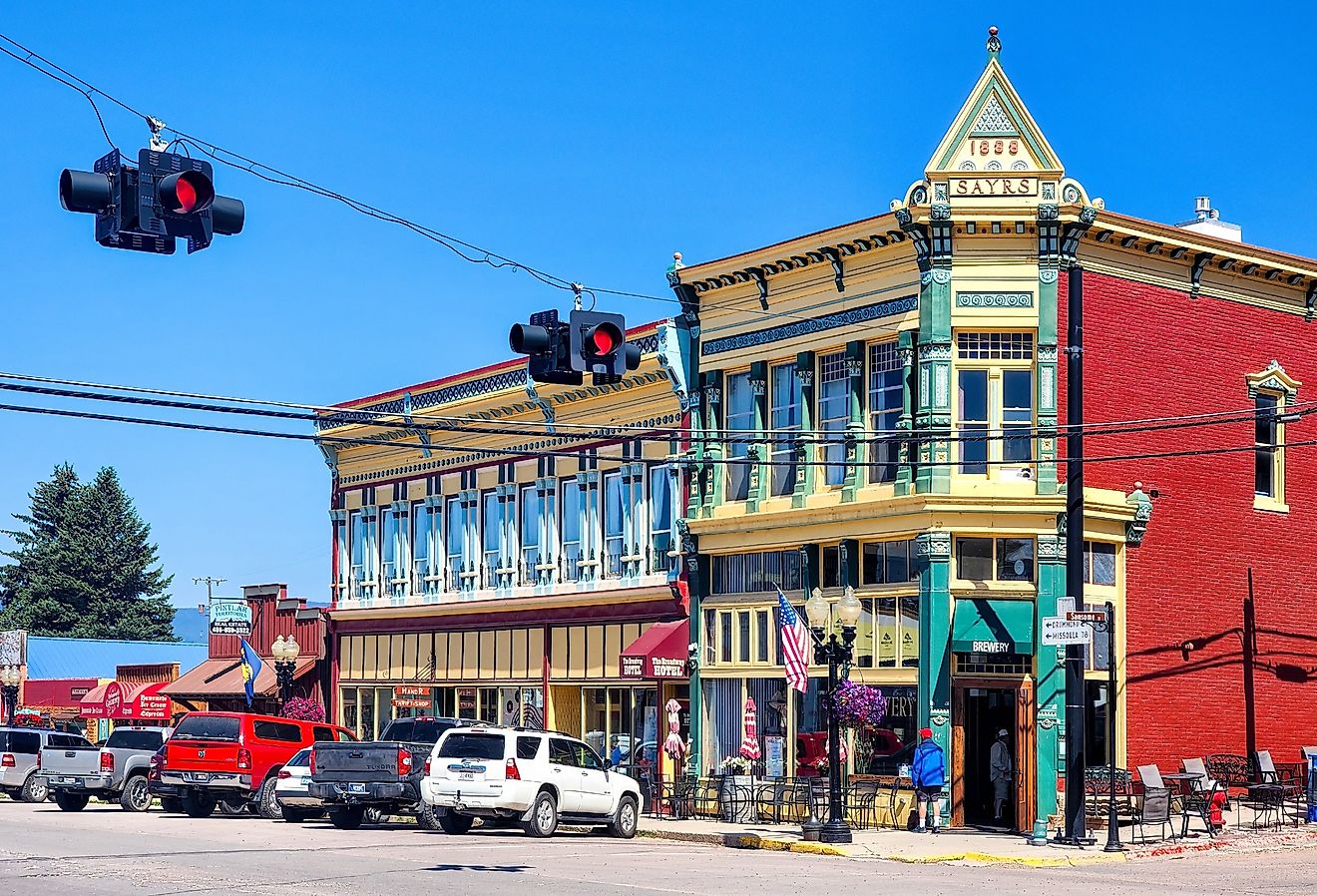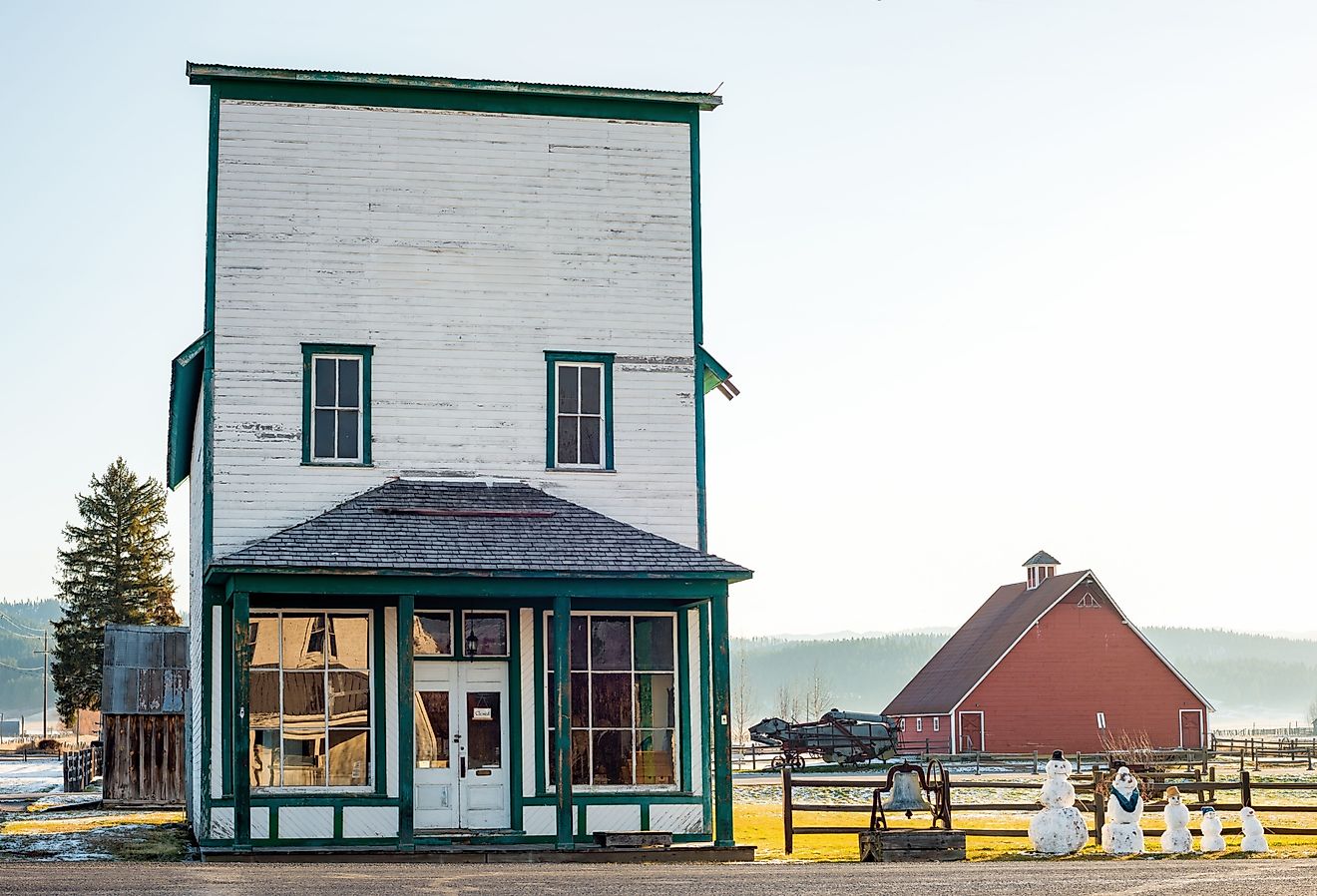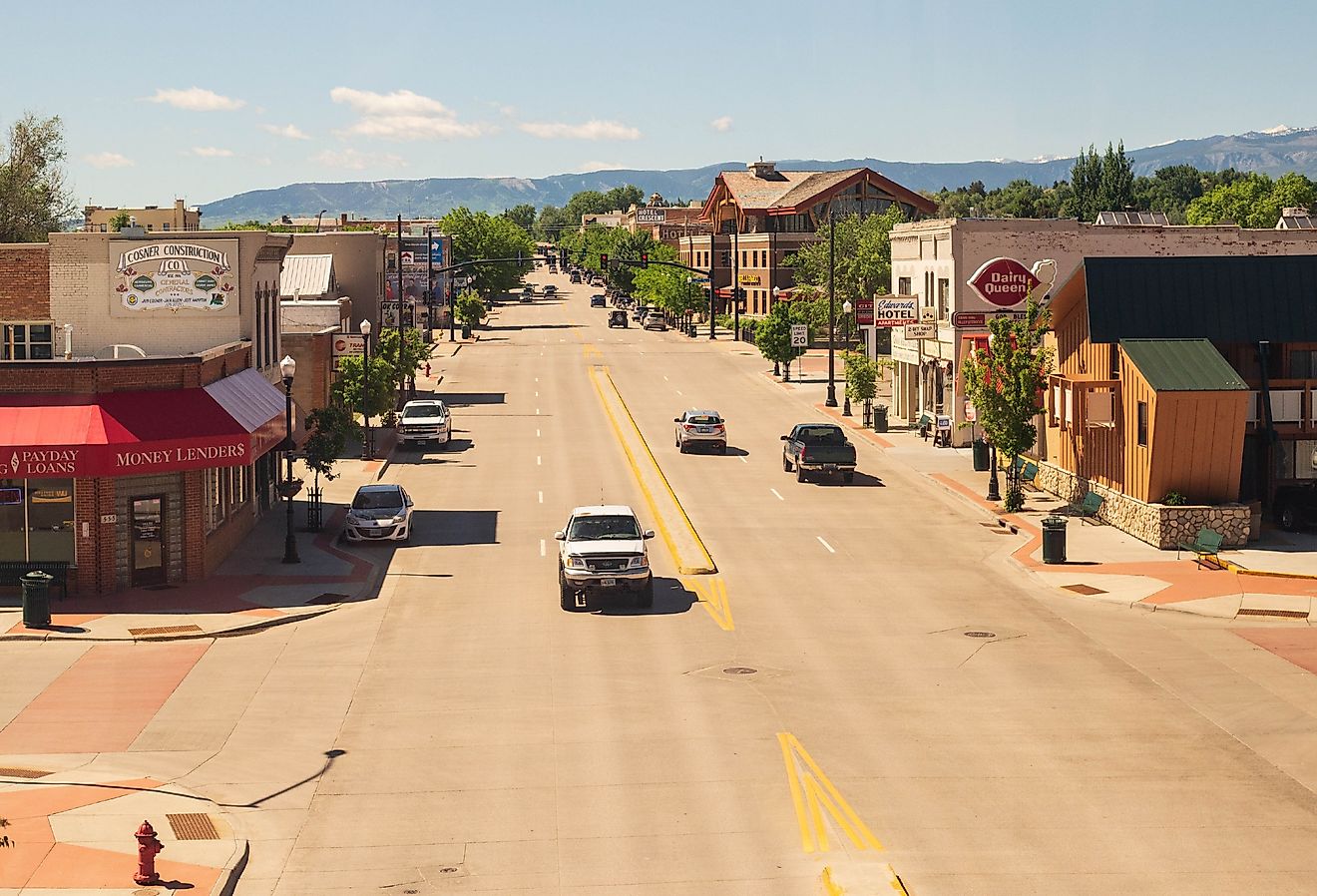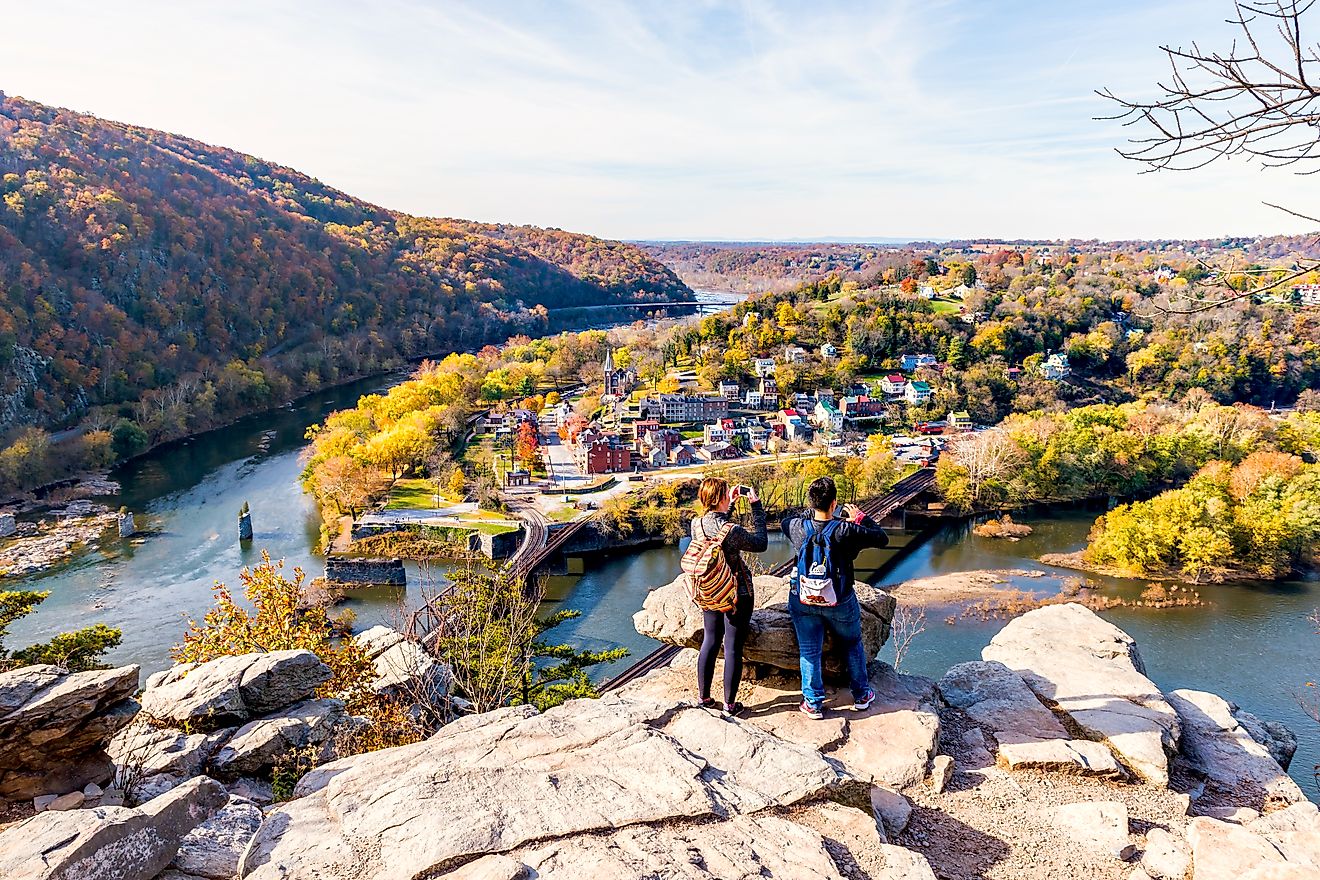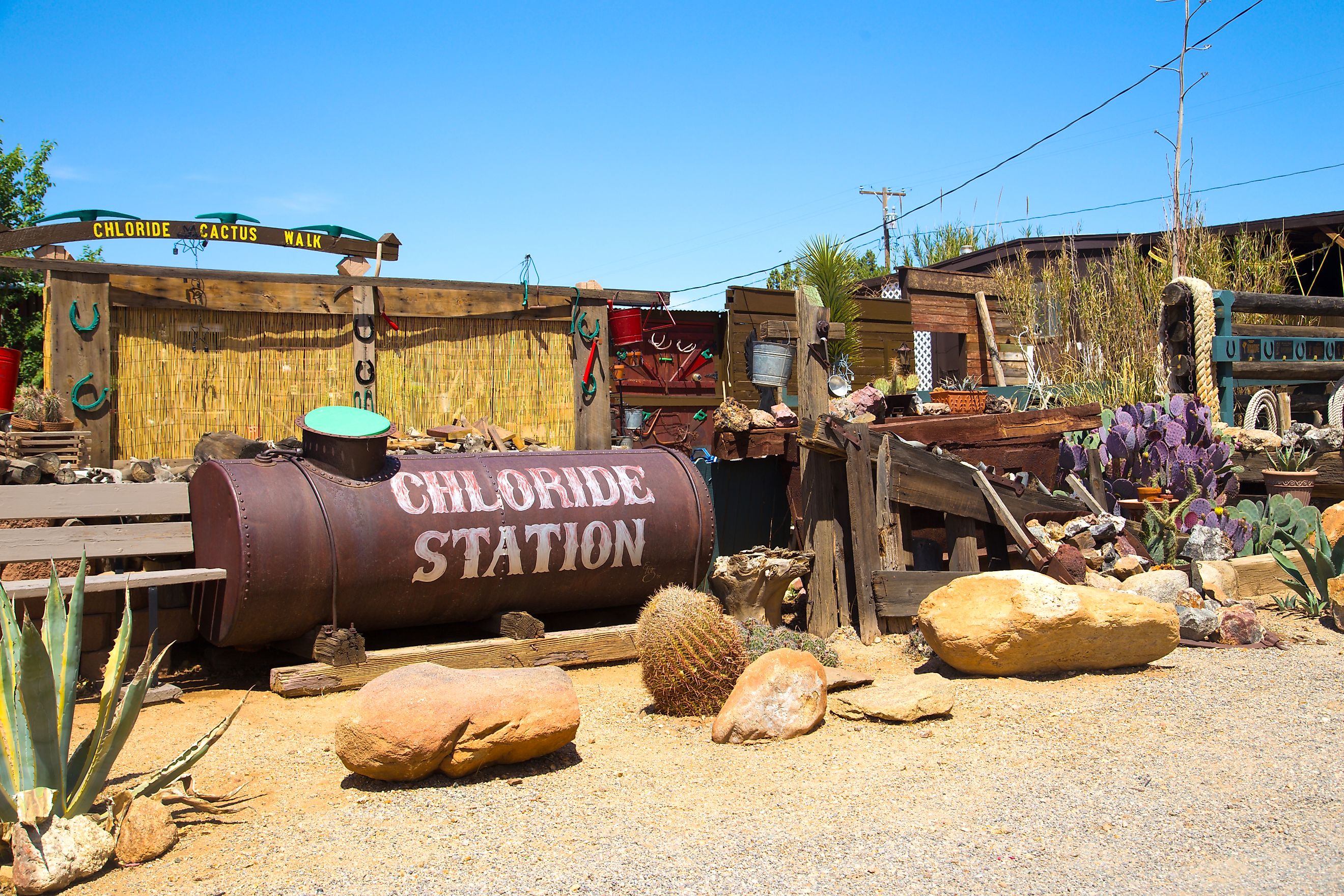
6 Bizarrely Named Towns In Arizona
Arizona is home to several oddly named towns, including Skull Valley, which is derived from the numerous skulls found there, and Globe, which is famous for a globe-shaped piece of pure silver discovered in the once-thriving mining town. Many people wonder why early immigrants in Arizona chose such whimsical names, as shown by towns like Tuba City, Why, Chloride, and Surprise. Although these names may sound puzzling, most have histories as distinctive as their names and provide insight into Arizona's past. Read on to learn more about these uniquely named towns full of discovery and adventure.
Chloride
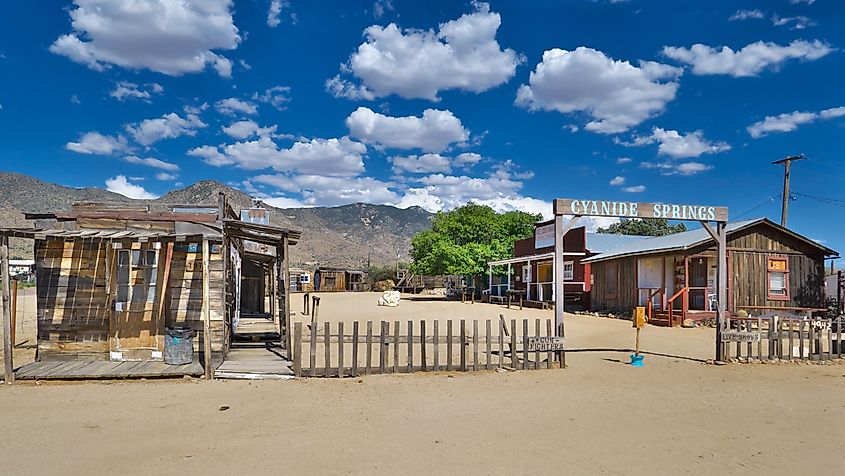
The name Chloride comes from the silver chloride and other minerals found in the hills, much like Globe's association with silver. Miners discovered the first silver in the 1860s, along with zinc, copper, lead, and turquoise. At its peak, Chloride had more than 2,000 residents and over 70 active mines. Businesses thrived, including restaurants, barbershops, saloons, a bank, a pool hall, and hotels. Today, Chloride is the oldest continuously inhabited mining town in Arizona.
There is still much to do in Chloride, even though it is less populated than it once was. One of its key events is the annual Old Miner's Day celebration, which honors the town's mining legacy. The local Chloride Community Park is ideal for picnics, barbecues, and sports such as volleyball and basketball. A neighborhood staple is the Mine Shaft Market, a general store established in 1862 that offers groceries, souvenirs, and information about the town. Visitors can also enjoy camping, hiking the many trails, dining at Yesterday's Restaurant, or stepping back into the Wild West at Cyanide Springs.
Skull Valley
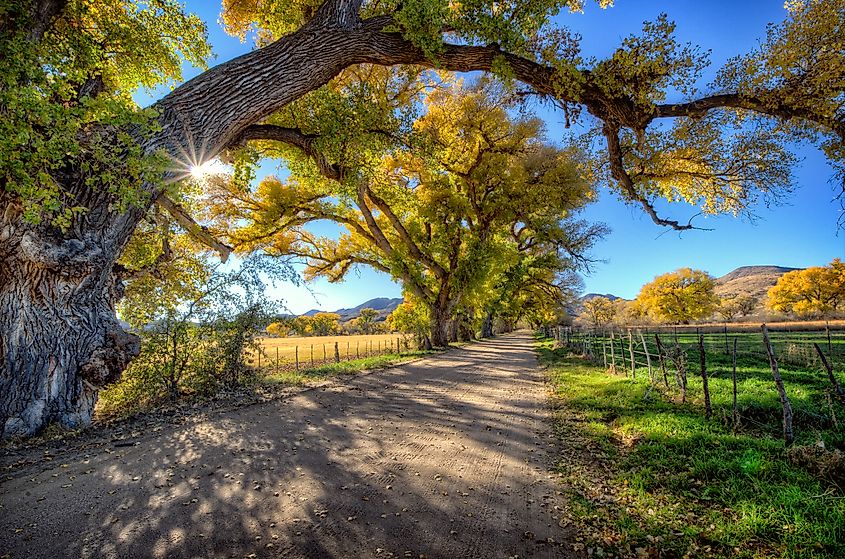
Skull Valley, a small community in Yavapai County, is about 20 miles west of Prescott. The origin of Skull Valley's name is a common question, and multiple versions of the story exist. According to Will C. Barnes' book "Arizona Place Names," Skull Valley was named after many skulls discovered there following a conflict involving an Indian tribe. Another account says the skulls belonged to white males killed by hostile Indians. Dozens of Indians were reportedly killed in another conflict between explorers and locals in the 1860s and were left unburied where they fell.
Its bizarre name and history haven't stopped people from visiting or living there. Skull Valley was once home to an iconic general store that opened in 1916. It became the go-to place to shop for everything from groceries to fresh meat and housed the town's post office until 1983. The store also became a gathering spot for locals to play games like pool and poker. In early 2024, the store closed after serving the community for nearly a century. Skull Valley has also been home to a history museum, a brewery, and a children's attraction called Kidzona.
Globe
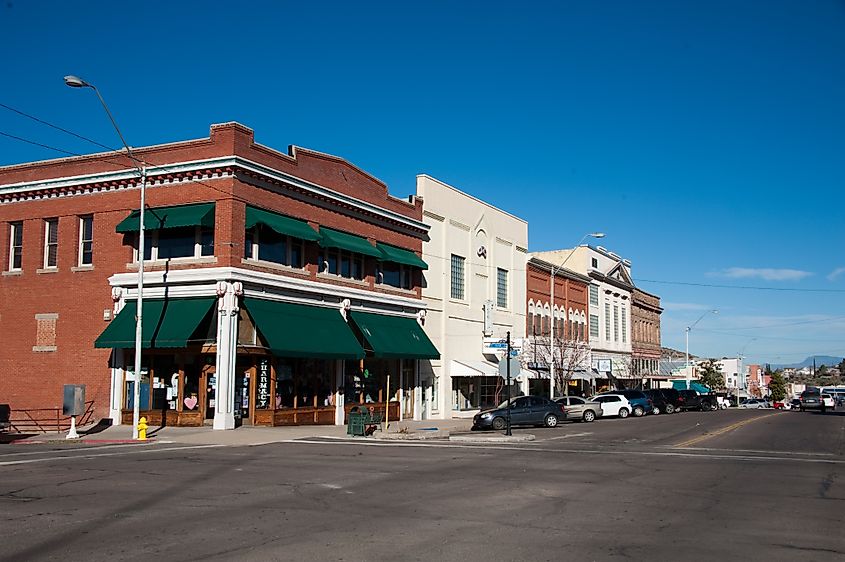
Just 90 minutes east of Phoenix is Globe, one of Arizona's and the Southwest's oldest mining communities. It was formally established in 1876 and is said to have gotten its name from a globe-shaped piece of pure silver found nearby. At the time, there were about 700 residents, most of whom worked in mining. Numerous mines, such as the Old Dominion Mine, dominated the area. Globe has since gained notoriety for its tourism industry and mining heritage.
Globe features many historical landmarks and outdoor activities that attract visitors. Notable buildings include the four-story Gila County Courthouse, constructed in 1906. The Cobre Valley Center for the Arts, which caters to the local theater, music, and art scene, is now housed in the building. Visitors can also explore the Old Dominion Historic Mine Park, a popular destination for hiking and learning about mining history. The park also features disc golf, picnic pavilions, and a playground. The Pinal Mountains are only 20 minutes from Globe's downtown for more outdoor activity.
Tuba City
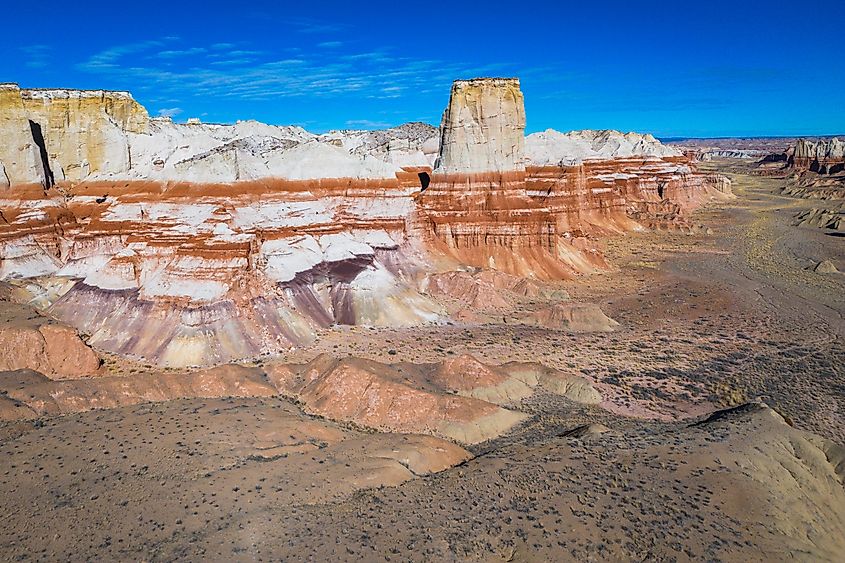
The origin of Tuba City is an intriguing tale. Located on the western edge of the Navajo Nation and in the Painted Desert, the town, north of Flagstaff, is home to a small Hopi community. Mormons began settling in the area in the 1870s and grew close to Tuvi, leader of the Hopi village of Moencopi. Ironically, the Mormons mispronounced Tuvi's name, calling him "Tuba" instead. The town ultimately became Tuba City because of its Navajo name, Tó Nanees'dizí, which means "tangled waters," referring to the many springs below ground that feed several reservoirs.
Today, Tuba City's main attractions include two history museums and a well-known trading post highlighting the town's American Indian roots. At the Navajo Code Talkers Museum, visitors can learn how Navajo code talkers used their indigenous language to send coded communications during World War II. The Navajo Interactive Museum showcases exhibits on Navajo culture. Lastly, the Tuba City Trading Post, housed in the same building as the Navajo Code Talkers Museum, features artisans selling handmade items, offering visitors an authentic shopping experience.
Why
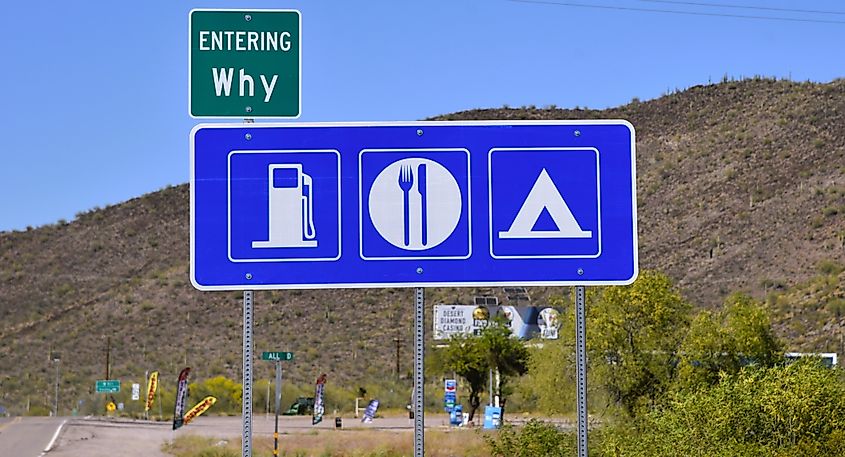
The small town of Why, near the western edge of the Tohono O'odham Indian Reservation, received its name because it was initially situated at a Y-shaped intersection of state Routes 85 and 86. State officials had to devise an official name for the town as it grew, but according to state law, "Y" could not be used because town names had to be at least three letters long. As a result, the town was named Why.
There isn't much to do in Why, as it's more of a stopover for travelers heading to the Organ Pipe Cactus National Monument in Ajo for hiking or camping or to Puerto Peñasco in Sonora, Mexico, for a beach getaway. Granny's Kitchen, a charming small-town eatery, offers many breakfast and lunch options in the area. Another popular place is the Why Not Travel Store, a one-stop shop for gas, food, and drinks. The store also features indoor and outdoor murals, giving it a vibrant, quirky feel.
Surprise
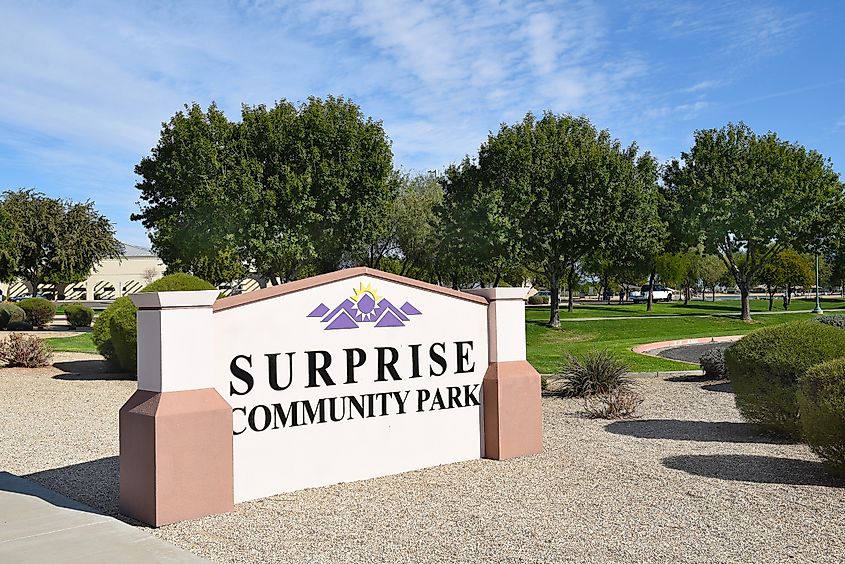
The town of Surprise's inclusion on the list should be no surprise. The town's name, chosen by its founder, Flora Mae Statler, adds a touch of amusement to its history. Statler, the daughter of Arizona pioneer Charles Gillett, who also helped develop Glendale, founded Surprise in 1938. Previously, Surprise officials believed that Statler's spouse, Homer C. Ludden, was the founder. However, property documents revealed that Statler acquired the land before meeting Ludden. According to records, she named it Surprise because she 'would be surprised if the town ever amounted to much.'
Today, Surprise is a town of diverse offerings. It is known for being the spring training site for the Texas Rangers and Kansas City Royals, attracting sports enthusiasts. Moreover, it is a hub for arts and culture, hosting events, art exhibits, and workshops. The Vista Center for the Arts, a prominent cultural venue, stages various performances. For those who enjoy the outdoors, the White Tank Mountain Regional Park, just outside the town, offers ample hiking, bicycling, camping, and picnicking opportunities.
Discover Arizona's Most Unusual Towns
From Skull Valley to Globe, the mystery behind these names adds an intriguing layer to Arizona's history, hopefully leaving you curious. After reading about these fascinating towns and the people who lived in them, why not discover them yourself? Pack your bags, get in your car, and prepare to leave your comfort zone on the ultimate road trip to some of Arizona's most bizarre towns.
